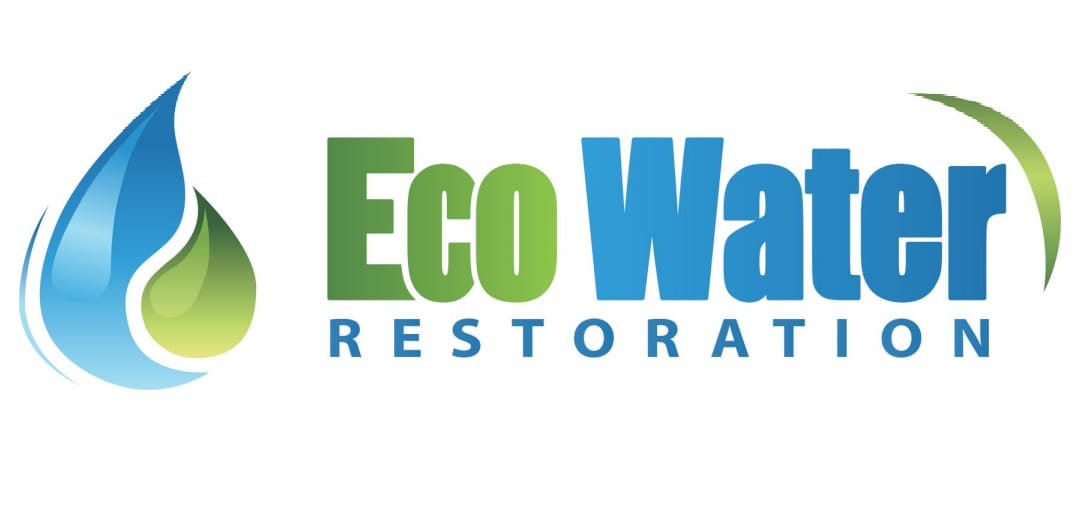Recovering from a fire incident involves more than just the cleanup; it’s about carefully restoring a sense of normalcy and security to those affected. Fire damage presents a unique set of challenges, ranging from structural impairments to the pervasive odors left by smoke and soot. The restoration process is intricate, requiring a detailed understanding of the types of damage fire can cause and the best methods for addressing them.
The Immediate Aftermath of Fire Damage
In the immediate aftermath of a fire, safety is the paramount concern. It’s crucial for homeowners to wait for the go-ahead from fire department officials before re-entering the property. The integrity of structures can be compromised, and hidden dangers like electrical faults and weakened supports pose significant risks. Once it’s safe to enter, assessing the extent of the damage is the first step in the restoration journey. This involves identifying areas affected by flames, heat, smoke, and water used during firefighting efforts.
Smoke and Soot: The Invisible Hazards
Smoke and soot can be as damaging as the fire itself. Soot is acidic and can cause surfaces to corrode and discolor permanently. Smoke, on the other hand, can infiltrate building materials, ductwork, and furnishings, leaving behind odors that are challenging to remove. The cleanup process requires specialized techniques and equipment to thoroughly remove these residues and neutralize odors. This often includes the use of air scrubbers, thermal foggers, and ozone generators, which are effective in purifying the air and eliminating persistent smells.
Water Damage and Mold Growth
Water used to extinguish the fire can also cause significant damage to a property. It’s not uncommon for homes to require water damage restoration in addition to fire and smoke cleanup. Standing water needs to be promptly extracted, and the area must be dried and dehumidified to prevent mold growth. Mold can start developing within 24 to 48 hours in damp conditions, posing additional health risks and complicating the restoration process.
Restoration and Rebuilding
The goal of fire damage restoration goes beyond mere cleanup; it involves restoring the property to its pre-fire condition. This can include minor repairs, such as painting and replacing carpets, or major renovations, like reconstructing entire rooms. Professional restoration services work closely with homeowners and insurance companies to ensure the restoration meets all safety codes and personal preferences.
Restoration experts also advise on the structural integrity of the property and any modifications that might be beneficial. For instance, using fire-resistant building materials can offer greater protection and peace of mind in the future.
The Emotional Component
Rebuilding after a fire is not just a physical task but an emotional one. The loss of personal belongings, family heirlooms, and the sense of security can be devastating. Professional restoration teams understand this aspect and often offer support to homeowners through this difficult time, helping them make informed decisions about the restoration or reconstruction of their homes.
Restoring a home after a fire is a detailed process that addresses not just the structural and material damages but also the emotional well-being of those affected. Through comprehensive cleanup, meticulous restoration, and empathetic support, homeowners can begin the journey of recovery, turning a place of damage back into a home.

